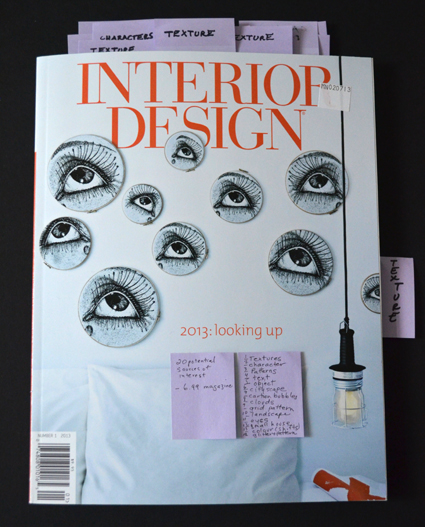
It’s a good idea to list the things you’ve found on a sticky in the front of the magazine to jog your memory of what’s hidden inside.
This week I was going to share some tips about picking characters for your collage stories when I realized I haven’t even discussed selecting a good magazine for collaging with you!
Whether the magazine you buy is gently used or freshly bought, you want to ensure, especially regarding the latter, that your money is well spent. As a seriously obsessed collagist, I spend many hours at magazine stores reviewing publications in every category (fine art, photography, fashion, interior design, etc.) for interesting imagery and text. So I thought I’d give you some suggestions for choosing a magazine…
How Much Should You Spend on a Magazine?
Depending on your lifestyle and/or budget, you can pay as little as a dollar (or less) for some amazing magazines at a local used book stores, thrift shops, flea markets and antique paper shows. Or you can go to a grocery, big box or magazine speciality store and spend any where between $5-$10 for a decent magazine or as much as $15-$20 dollars for thicker exclusive quarterly issue magazines which may be full of cool, blow-me-away collage material! If you are just starting out and/or are especially concerned about making an environmentally-friendly choice, you can make it part of your work/life ethic to buy from thrift stores, used book shops or even trade old magazines with friends for free! I think what is at the heart of choosing a good magazine is that the images resonate with your spirit, life style and values.
How Can You Tell If a Magazine is Good Collage Source?
Because I make collages that tell a story (narrative), finding striking imagery and text are important to me. I think a good magazine should have at least 10-20 images that you feel you can use to build upon (not counting text styles which are easier to find). Sometimes I’m very tempted to buy magazines with only one or two great images, but I never give in (okay maybe once… I’m no saint after all!) – it’s important that I respect my supply budget. When I feel I’m getting carried away on shopping trips, I remind myself that I have a limited amount of studio space for storage… as well, students are always leaving their old magazines for me so I have quite a collection building! It’s far more worth it to choose a magazine that gives much in terms of collage material because it means I have more space on my shelves and in my studio as well as more money in my wallet!
What Type of Imagery to Look for When Choosing a Magazine?
Because I categorize my images at home, I generally have a good idea of what I’m looking for… here’s a list:
1 Interesting characters (of all ages, genders, classes, races, sizes, looks/poses);
2 A variety of textures and patterns;
3 Interesting architecture of building and home interiors;
4 Nature-related imagery;
5 Animals;
6 Objects which could have a story behind them (a pair of shoes, a ring, a stone, etc.);
7 Text/writing in a variety of fonts (including handwriting) and
8 Magazines with different qualities of paper: matte or semi-gloss pages. Note here that glue stick doesn’t adhere well to thick glossy papers. Some magazines are printed on smooth matte newsprint that’s wonderful… here, if you like that nostalgic look, you can go to a used book store or antique fair and buy old magazines with faded or stained pages. Once at an antique fair, I bought a box of old European fashion magazines from the 1950’s for $12 – it was a steal! The images and text were out of this world!
By having criteria for buying and selecting magazines, you can make the most of your collaging. You can also make level-headed spending decisions that ensure your studio space doesn’t get too cluttered. You can choose to make earth-friendly choices that benefit the planet by using recycled magazines. Another thing that’s wonderful about searching for magazines is that it gives you a chance to get out of the studio and socialize whether it’s trading magazines with friends; going to the magazine store or second-hand book shop or antique paper fair. I’ve made friends with a few magazine shop owners who know my taste and love recommending new sources to me. Hours pass by like minutes when I find a magazine I can get lost in. Regardless of the source, for me, finding a good magazine at a reasonable price is like finding gold*! I hope these tips prove useful in your collage projects.
* Note that very cheap magazines with thin pages may not hold up well to collaging… they may tear easily and their cheaper inks may fade or smear. If you use them, I suggest you scan/print or photocopy pages you like on thicker paper so they are more conducive to collaging.
In closing here are some pages from the $7 magazine (pictured above) … it gave back so much … I found over 20 pages of wonderful imagery I could use! Which of these several magazine fragments appeal to you? If you had to take two or three and make a collage story out them, which ones would you choose? What would the theme of your story be? Sometimes I just lay the fragments I have out and see what happens next…

I find grid patterns so alluring; sometimes I might just use a square or two or three of them. Here I also like the way the texture of the grid mixes with the wire of the chair.

Metal inspired wallpaper – how amazing is that?! If fragmented it could give something a mechanical feel.
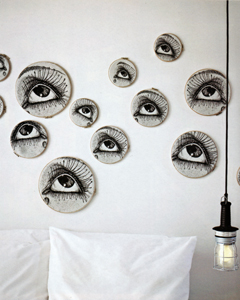
These eyes attracted me from the moment I saw them… they could be cut out individually or used as a unit – they’re so surreal!

Depending on your vision, this urban cityscape could be made into a utopic or apocalyptic scenario...
Other Related Links:
Collage Tip #7: Going Gaga for Textures
Collage Tip #12: How to Make a Collage Artist Trading Card

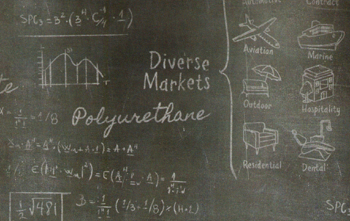
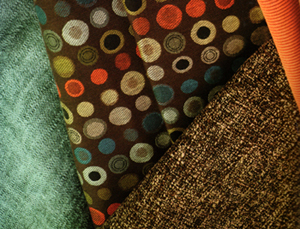
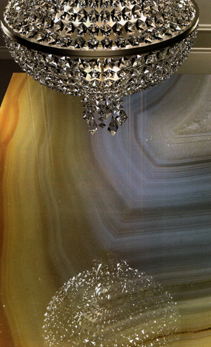
Leave a Reply